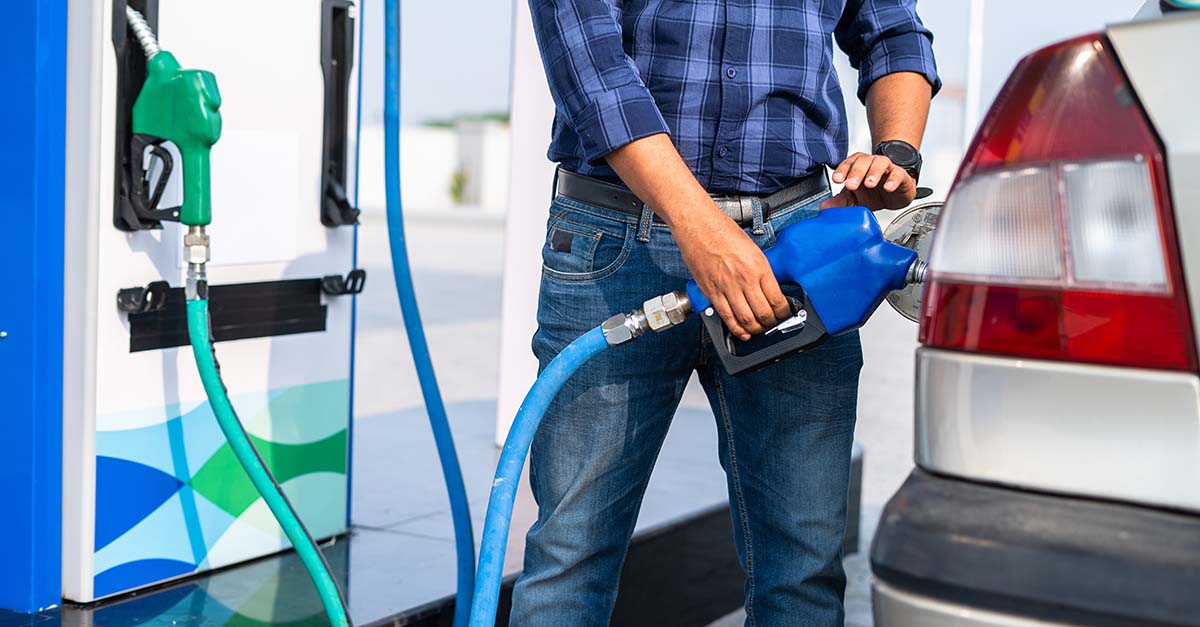The anatomy of a transaction
Making every transaction economically efficient

Alex Kinnier
In the online world, free-flowing data between buyers and sellers is combined with real-time personalization and measurement to make every buying transaction more efficient. “Efficient” in the sense that both the buyer and the seller get more value from the transaction than they would have otherwise.
Whether it’s information about how buyers engage with a digital product or past purchases history, it’s a huge value-add for all sides of the economic equation. How? When sellers have more information about each user, they’re able to give users the exact look, feel, and product experience they want.
Think about Amazon, and one of their most common buyer experiences. The platform recommends complementary products when a buyer is about to check out, packages it all as a single bundled transaction, and offers a personalized discount. The buyer gets more value out of each dollar spent, and the seller earns additional revenue they wouldn’t have earned otherwise.
Unfortunately, the data and systems that make this possible online don’t exist offline. So real-world transactions and commerce overall are less economically efficient.
Instead, all brick-and-mortar sellers do some or all of the following three things to ready products for sale: set a price for each product, set the placement for each product, and set a discount strategy either at the product level or for different buyer segments.
They measure success by looking at same-store sales over time, like-for-like store analyses, or comparing the behavior of different buyer segments. This process has stood the test of time and helped retailers get a top-down view of their sales performance.
The problem with this approach is that it doesn’t maximize the economic efficiency of each transaction. Each buyer experiences the same price, curation, and discounting program. The exceptions are the less than 20% of a merchant’s customers that participate in an in-house, digitally-enabled loyalty program. They do receive a more tailored experience, but one that is usually exactly the same for everyone else within their segment of the loyalty group.
An economically efficient transaction is one that enables a buyer to get the most of a good or service for their dollar while simultaneously earning the seller providing the good or service the most profit.
Now think back to Amazon. Online, each buyer has a personalized experience that is optimized just for them, and the seller has upselling opportunities to boost their profits. This is the best-case scenario of economic efficiency — with new, incremental transactions and few missed opportunities.
What if that kind of efficiency was also possible for everyday, physical transactions?
In most everyday examples, sellers do have a window of opportunity to generate new or incremental transactions that they wouldn't have seen otherwise. But they’re not able to seize it because they lack the tools to talk to, personalize, measure, and optimize the experience for every possible buyer – in store, driving around, or maybe even a couple miles away.
Their challenge is finding a way to provide individual buyers with what they need in order to behave differently, without also doing the same thing for every other buyer. Without that kind of precision, sellers cannibalize the sales they’re already getting from other buyers.

In red, customers whose max price point is lower than what’s offered; these are incremental transactions being left on the table. In blue, customers whose max price point is identical to what’s offered. In green, customers whose max price point is higher — i.e., they’d be willing to spend more — than what’s offered. These are incremental sales dollars being left on the table.
When we take a close look at these everyday transactions, it’s stunning how much inefficiency exists in brick and mortar commerce.
Let’s look at some common examples and how to improve them:
Upside reduces the economic waste in these transactions and creates opportunities for buyers and sellers to get more value.
The Upside platform uses the anonymized transaction data that sellers already have to learn what buyers need in order to choose participating businesses or put more in their baskets. That empowers sellers to personalize every experience, and:
- Provide each buyer with enticing price points only on the products they normally purchase elsewhere.
- Welcome new or infrequent buyers in-store, creating transactions that wouldn’t have happened otherwise.
- Only pay for the profitable, incremental sales Upside generates, driving new profit from excess capacity so fixed operating costs aren’t touched.
Buyers get more out of every dollar, and sellers earn unexpected profit.
As long as a business has underutilized capacity at its location—whether it’s an idle gas pump, almost-expired bananas, or an empty dining table—there’s room for Upside to create these economically efficient transactions. You can read more about how Upside drives economically efficient transactions here.
When we pay attention to the anatomy of every single transaction, we can increase the economic power of people living and working in the real world.
Get started with Upside
Share this article:
As co-founder and CEO of Upside, Alex Kinnier is working to transform brick-and-mortar commerce. His success in growing Upside into a company driving $6B+ in commerce annually was informed by his years of experience leading product development teams at Opower, Google, and Procter & Gamble. Outside the office, Alex is an ardent technologist and investor, always on the cutting edge of products with the potential to change the world.
Request a demo
Request a demo of our platform with no obligation. Our team of industry experts will reach out to learn more about your unique business needs.











.png)




